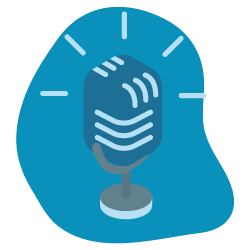Big news, you can now access pages categorization in groups! Pages categorization now offers you the ability to focus on your most important pages and check SEO improvements regarding each group of pages. How does it work? Pretty simply.
Access already setup categories
When you first launch a new crawl, you will now have the opportunity to access your categories by clicking on ‘Configure Pages Group’. They are automatically generated. Page groups are created from the crawled URLs. A URL cannot should not be found in different groups.

If your crawl is too old, then your groups won’t be already defined. You will need to click on ‘Guess the Groups’.

You will access your page groups repartition.

If you are fine with this categorization, don’t forget to click on ‘Save Changes’. But you can modify all these groups.
Edit or create your groups
You can also modify, create or delete your page groups (except for the ‘Other’ category) as you wish. You can have up to 25 page groups.
If you want to exclude URLs from the ‘Other section’, you will need to create a specific rules for the URLs concerned. The group ‘Other’ cannot be renamed or removed.
Edit a group
You just need to click on ‘Edit Group’. On the screenshot below, you can either rename or delete the group.

With the Query Builder, you can choose to define or redefine your queries by URL path or full URL:

Then, choose a rule:

After modifying the query, you need to click on ‘Preview Changes’. Don’t forget to Save your changes.

Create a group
If you want to create a new group, just click on ‘Create new page group’. Then, use the Query Builder to build your new group regarding the pages you want to target.

Sometimes, the automatic generation can insert a same URL in different groups. You thus need to edit the group and see which URLs are included in different categories. Use the exclusion rule to take off specific pages.

Finally, you can modify the order of your page groups. Once again, if you do so, don’t forget to save your changes.
Check your SEO performances by group of pages
Pages segmentation also offers new graphs to access more targeted SEO informations. In almost everything tabs, you will have the ability to access your SEO performance by group of pages and filter your results by groups.
For instance, you can access your duplicate content evaluation by group of pages. You can thus check if your canonicals are well setup in each group.

Or you could also know where your too slow pages are. This is a very important information, especially for e-commerce websites. You can know if your most important pages and groups are behaving right.

These are just a few examples. This same rule apply for your main tags, architecture, content, etc. You can now access your SEO performances by group of pages.
Anytime, you can decide to select a page group to only focus on a specific group.


